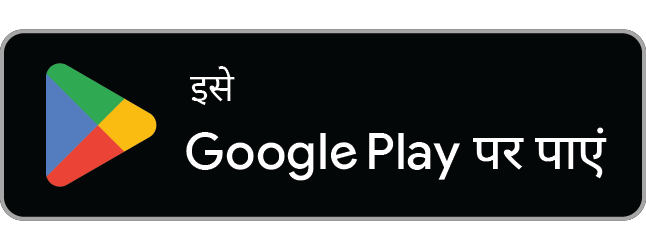Shaheed Bhagat Singh
Bhagat Singh is a well-known figure of the Indian freedom struggle. He was born on September 27, 1907. He believed in revolutionary methods. He studied the European revolutionary movement and was greatly attracted towards socialism. He gave a new direction to the revolutionary movement in India and formed 'Naujavan Bharat Sabha' to read the message of revolution in Punjab. He also formed "Hindustan Samajvadi Prajatantra Sangha' along with Chandrasekhar Azad to establish a republic in India. In order to take revenge for the death of Lala Lajpat Rai, he assassinated the police officer 'Saunders' and with the help of Batukeshwar Dutt, threw a bomb in the Central Legislative Assembly.
Sardar Bhagat Singh believed in mass mobilization. He gave a new way to the revolutionary movement in India. Bhagat Singh, because of his interest in history, gave the revolutionary movement a goal beyond the removal of the British. The clarity of vision and determination of purpose made him notable from other leaders of the National Movement.
Bhagat Singh was born in a Sikh family in a village in Layalpur district of Punjab (now in Pakistan). His father's name was Sardar Kishan Singh and his mother's name was Vidyavati. Bhagat Singh's family was aggressively occupied in the freedom struggle. His father Kishan Singh and uncle Ajit Singh were members of the 'Ghadr Party' founded in the U.S to overthrow British rule from India. He got a lot of support from his family. The feeling of patriotism flowed in his veins since childhood. While studying at the local D.A.V. School in Lahore, in 1916, Young Bhagat Singh came into contact with some distinguished political leaders like Lala Lajpat Rai and Ras Bihari Bose.
Punjab was politically very active in those days. In 1919, when the Jalianwala Bagh massacre took place, Bhagat Singh was only 12 years old. The massacre extremely bothered him. On the next day of the massacre, Bhagat Singh went to Jalianwala Bagh and collected soil from the spot and kept it as a memento for the rest of his life.
The massacre strengthened him to make up his mind to drive the British out from India. In 1921, Bhagat Singh left his school and actively participated in the non-cooperation movement started by Mahatma Gandhi against British rule in 1921, but got highly disappointed after its suspension due to violence at Chauri-Chaura in Gorakhpur. His faith in nonviolence weakened and thus thought the armed revolution to be the only useful method of winning freedom.
Bhagat Singh joined the 'National College' in Lahore, founded by Lala Lajpat Rai. This college was a centre of revolutionary activities, where he came in contact with revolutionaries such as Bhagwati Charan, Sukhdev, and others. Bhagat Singh didn't want to marry, so he ran away from his house and went to Kanpur where he came in contact with a revolutionary named 'Ganesh Shankar Vidyarthi' and learnt his first lesson as a revolutionary. Later, he returned to his hometown to see his ill grandmother and continued revolutionary activities from his village. He went to Lahore and formed a union of revolutionaries by the name of 'Naujavan Bharat Sabha'. He began spreading the message of revolution in Punjab. In 1928, he attended a meeting of revolutionaries in Delhi and came in contact with Chandrasekhar Azad. Both of them formed "Hindustan Samajvadi Prajatantra Sanghal. Its main aim was to establish a republic in India by means of an armed revolution.
In February 1928, a committee from England, called on Commission' visited India. The commission had come to India to make a decision on how much freedom and responsibility should be given to the people of India. But there was no Indian on the committee. This made Indians angry and they decided to boycott the 'Simon Commission'. While protesting against the 'Simon Commission' in Lahore, Lala Lajpat Rai was brutally lathi-charged and died immediately. Bhagat Singh at once decided to take revenge and to kill the British official General Scott, who was responsible for the death of Lala Lajpat Rai. But, he shot down Assistant Superintendent Saunders instead and quickly fled from Lahore to escape his death punishment. On April 8, 1929, Bhagat Singh and Batukeshwar Dutt threw bombs in the Central Assembly Hall while the Assembly was in session. The bombs did not hurt anyone. After throwing the bombs, Bhagat Singh and Batukeshwar Dutt intentionally refused to run away from the scene. During his trial, Bhagat Singh refused to employ any defense counsel. In jail, he went on a hunger strike to protest the inhuman treatment of prisoners by jail authorities. On October 7, 1930, Bhagat Singh, Sukh Dev, and Raj Guru were sentenced to death by a special court. In spite of immense pressure and abundant appeals by political leaders of India, Bhagat Singh and his associates were hanged in the early hours of March 23, 1931.












0 Comments